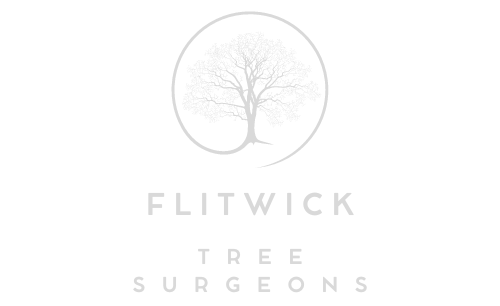How to Prepare a New Hedge for Its First Trim
Establishing a new hedge is a rewarding process that adds structure, privacy, and natural beauty to any outdoor space. However, the first trim is a critical step in setting the foundation for healthy, dense growth. At Flitwick Tree Surgeons in Flitwick, Bedfordshire, we often advise property owners on how to prepare new hedges properly before that all-important initial cut. In this post, we explain what you need to do to ensure your hedge thrives from the very beginning.
Why the First Trim Is So Important
The first trim is not just about tidying up—it helps shape the hedge and encourages lateral growth. When done at the right time and in the right way, it leads to a more robust, fuller hedge in the years to come.
Key Benefits of a Well-Timed First Trim:
- Promotes bushy, even growth
- Prevents the hedge becoming leggy or sparse
- Encourages strong root development
- Reduces long-term maintenance needs
When to Trim a Newly Planted Hedge
Timing is crucial. Trimming too early can damage young plants, while leaving it too long may lead to a misshapen hedge that’s harder to correct later.
General Timing Guidelines:
- Evergreens (e.g. box, yew, privet): Wait until the hedge has established—usually 12 to 18 months after planting.
- Deciduous hedges (e.g. beech, hawthorn, hornbeam): Can often be lightly trimmed in the first winter after planting.
- Avoid trimming during frosty or extremely dry conditions.
Always consider the growth rate of your specific hedge species and local climate in Flitwick, Bedfordshire.
How to Prepare Your Hedge Before Trimming
Before making the first cut, it’s important to take a few preparatory steps to ensure the hedge is healthy and ready.
Preparation Checklist:
- Inspect for Health: Check for signs of disease, pests, or transplant stress. Only trim when plants are strong and growing well.
- Water Thoroughly: Ensure the hedge has been well-watered in the days leading up to trimming, particularly during dry spells.
- Clear Surrounding Area: Remove weeds and debris around the base to avoid interference and allow better airflow.
- Sharpen Tools: Use sharp, clean hedge shears or secateurs to make precise, clean cuts without tearing the plant tissue.
- Mark Your Lines: For formal hedges, run a string line along the top to help keep the trim straight and level.
Best Practices for the First Trim
When trimming for the first time, the goal is to lightly shape the hedge without taking too much growth.
Practical Tips:
- Start trimming from the bottom and work upwards.
- Taper the sides slightly (wider at the base than the top) to allow sunlight to reach all areas.
- Avoid removing more than one-third of the plant’s height or width at this early stage.
- Collect and dispose of clippings to avoid fungal issues or pest attraction.
It’s also a good idea to step back periodically to check the shape and symmetry as you work.
Why Trust Flitwick Tree Surgeons?
At Flitwick Tree Surgeons, we bring professional expertise to every aspect of hedge care—from planting advice to shaping and long-term maintenance. Our team in Flitwick, Bedfordshire ensures every hedge is trimmed with precision, supporting healthy development and enhancing the landscape.
Conclusion
Preparing a new hedge for its first trim is a vital step in ensuring a dense, attractive, and long-lasting boundary. By timing the trim correctly and taking the right preparatory steps, you can give your hedge the best possible start. For professional hedge trimming and tree care services in Flitwick, contact Flitwick Tree Surgeons to ensure your garden thrives from the ground up.
Call us on: 01525 664 396
Click here to find out more about Flitwick Tree Surgeons
Click here to complete our contact form and see how we can help with your trees needs.

